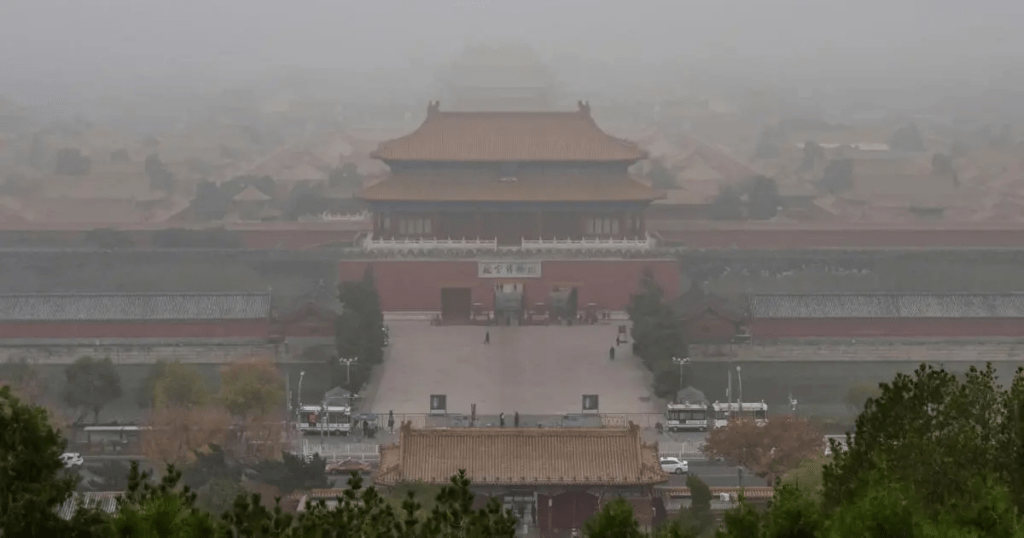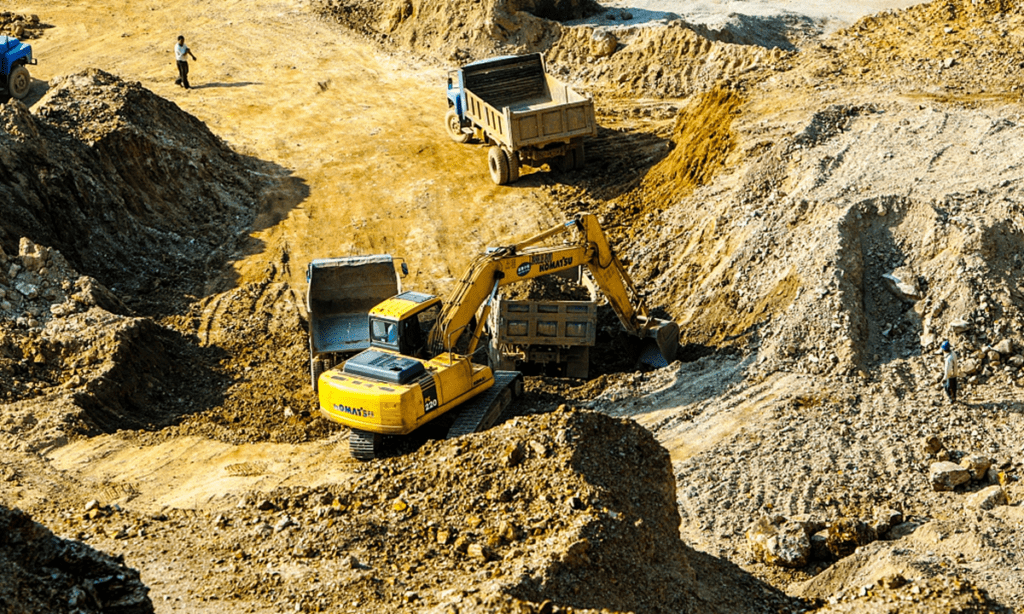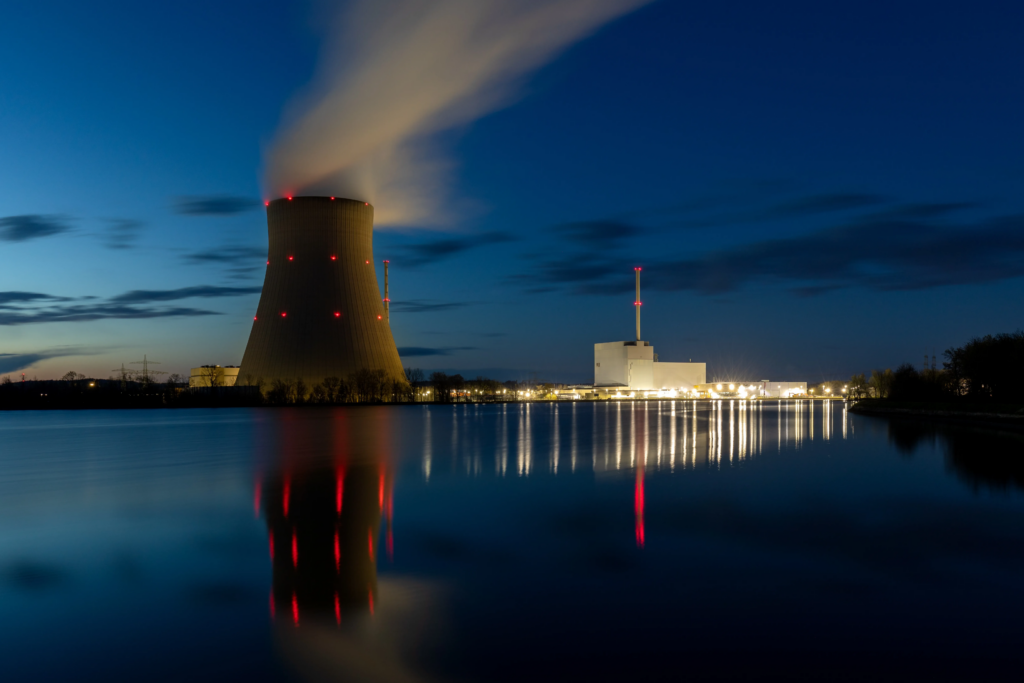A Quantum Leap in Nuclear Safety and Clean Energy
China has made a significant stride in nuclear technology with the unveiling of the world’s first meltdown-proof nuclear power plant. Developed by researchers at Tsinghua University, this groundbreaking achievement addresses a critical concern in the nuclear energy sector: safety. This innovation comes at a crucial time when the global demand for clean energy is rapidly increasing, and the need to mitigate climate change is more pressing than ever. By prioritizing safety without compromising efficiency, China is setting a new standard for nuclear energy that could have far-reaching implications for the industry worldwide.
The specter of nuclear meltdowns, as tragically exemplified by the Fukushima disaster in 2011, has cast a long shadow over the industry. The catastrophic event in Japan highlighted the vulnerabilities of traditional nuclear reactors, which rely on water cooling systems. These systems can fail under extreme conditions such as natural disasters or technical malfunctions, leading to potentially catastrophic consequences, including the release of radioactive materials and widespread environmental contamination. Such incidents have understandably caused public apprehension and skepticism towards nuclear energy, hampering its adoption as a viable clean energy source.
China’s innovative approach offers a potential solution to this age-old problem. By developing a nuclear reactor that does not rely on water for cooling, researchers at Tsinghua University have significantly reduced the risk of meltdowns. This new design utilizes helium gas as a coolant, which can withstand much higher temperatures than water. The reactor’s core, composed of small graphite spheres filled with uranium fuel particles, further enhances safety through its inherent heat resistance. This design not only mitigates the risk of catastrophic failure but also provides a stable and reliable source of energy.
Moreover, this advancement reflects China’s broader commitment to technological innovation and environmental sustainability. As the world’s largest energy consumer and a significant contributor to global greenhouse gas emissions, China has a pivotal role to play in the transition to sustainable energy. The development of a meltdown-proof nuclear power plant aligns with the country’s ambitious goals to reduce its carbon footprint and transition to a greener economy. It also underscores China’s growing influence in the global energy sector, positioning it as a leader in the development and implementation of advanced nuclear technologies.
China’s unveiling of the world’s first meltdown-proof nuclear power plant represents a monumental leap forward in nuclear technology and safety. This breakthrough not only addresses the long-standing issues associated with traditional nuclear reactors but also supports global efforts to combat climate change by providing a safer and more reliable source of clean energy. As other countries look to modernize their own nuclear capabilities, China’s innovative design could serve as a blueprint for the future of nuclear energy worldwide.
How Does It Work?
The new plant employs a pebble-bed reactor design, a departure from conventional technology. Instead of using water, it utilizes helium gas as a coolant, capable of withstanding much higher temperatures. The reactor’s core consists of small, graphite spheres filled with uranium fuel particles. These spheres, produced by the German company SGL Group, exhibit exceptional heat resistance.
This unique design enhances safety in several ways:
- High-temperature tolerance: The reactor’s materials can withstand temperatures up to 950°C without melting, significantly reducing the risk of meltdown.
- Passive safety: Even in the event of a cooling system failure, the helium gas and graphite spheres effectively dissipate heat, preventing the reactor from overheating.
- Self-regulating: The reactor’s design incorporates a self-regulating mechanism. If temperatures rise excessively, the nuclear reaction automatically slows down, averting a meltdown.
Ecological Implications
Beyond safety, the pebble-bed reactor offers potential ecological benefits:
- Reduced nuclear waste: The spherical fuel elements allow for more efficient fuel utilization and multiple reprocessing options, minimizing nuclear waste. China aims to eventually eliminate or drastically reduce nuclear waste through fuel recycling.
- Cleaner energy source: Nuclear power is a low-carbon energy source, contributing to greenhouse gas reduction and mitigating climate change. By expanding its nuclear capacity and phasing out coal, China is taking steps towards a cleaner energy mix.

Challenges and Future Outlook
While the pebble-bed reactor presents a promising advancement, it is essential to note that it cannot be retrofitted to existing nuclear plants. However, its design can serve as a blueprint for constructing safer nuclear reactors in the future.
China’s pursuit of this technology aligns with its broader clean energy goals. As the nation transitions away from coal, nuclear power is poised to play a crucial role in meeting its energy demands while reducing environmental impact.

Recent Achievements in Ecology and Sustainability
In addition to advancements in nuclear technology, China has made remarkable progress in other areas of ecology and sustainability:
- Renewable Energy Expansion: China is the world’s largest producer of solar and wind energy, significantly expanding its renewable energy capacity. In 2023 alone, China added 100 GW of solar power and 60 GW of wind power to its grid.
- Forest Conservation and Afforestation: The country has implemented large-scale afforestation projects, increasing its forest coverage to over 23% of its total land area. These efforts have been recognized globally, contributing to carbon sequestration and biodiversity conservation.
- Electric Vehicles (EVs): China leads the world in EV production and adoption, with over 40% of global EV sales occurring in the country. This shift reduces reliance on fossil fuels and cuts urban air pollution.
- Pollution Control: Significant strides have been made in reducing air and water pollution. The government has set ambitious targets for reducing PM2.5 levels and has improved water quality in major rivers and lakes.
Future Outlook
China’s commitment to ecological sustainability is evident in its comprehensive approach to clean energy, environmental protection, and sustainable development. The development of a meltdown-proof nuclear reactor marks a significant milestone in the evolution of nuclear energy. It offers hope for a future where nuclear power can be harnessed safely and efficiently, contributing to a sustainable and low-carbon world.
Would you like to explore any specific aspect of this topic in more detail, such as the potential environmental impacts, economic considerations, or global implications of this technology?
Related Content
- China building two-thirds of world’s wind and solar projects
- Mycoplasma Pneumoniae Outbreaks: A Closer Look at Recent Cases in Ohio, China, and Beyond
- China’s largest bank hit by ransomware attack
- Kalash Harris vs Donald Trump: A Watershed Moment for America’s Environmental Future
- Navigating the Future: A Look at Growth Potential and Sustainability in Key Stocks
- Crypto and Compliance: What Investors Need to Know
- China unveils meltdown-proof nuclear power plant in clean energy breakthrough
- Chinese nuclear reactor is completely meltdown-proof | New Scientist
- China’s ‘Particle Beam Cannon’ Is a Nuclear-Power Breakthrough – Defense One
- China’s losing its taste for nuclear power. That’s bad news. | MIT Technology Review
- China’s top 10 breakthroughs in science and technology in 2023 – PMC (nih.gov)

